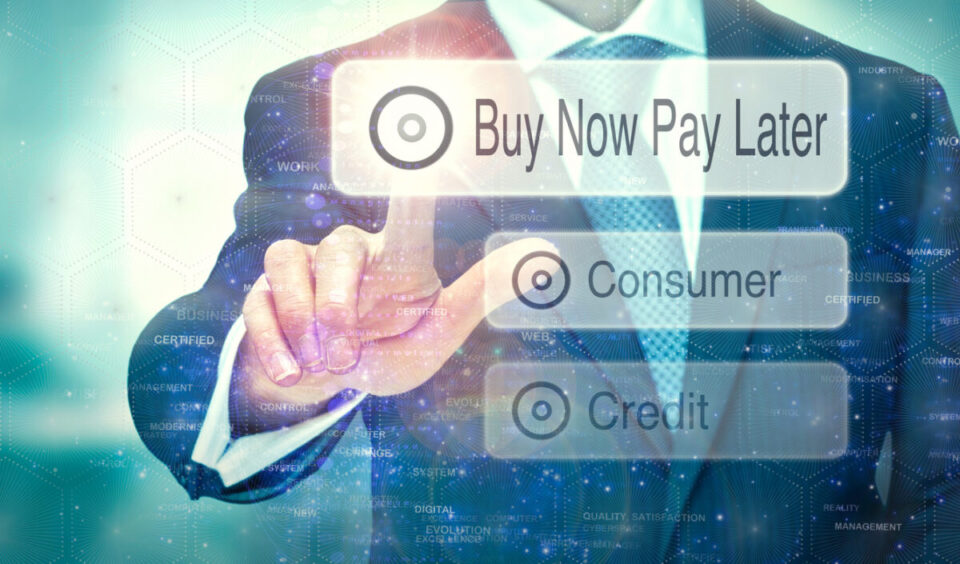BNPL is immensely popular globally but has only been introduced to the US market recently, a trend that has amplified due to the COVID-19 pandemic. According to C+R Research, 51% of online US consumers have used a BNPL service during the pandemic, a strikingly high increase compared to 2019. The increased popularity of the BNPL model has changed the way people pay for the better, as the 2020 surge has forced industry leaders to rethink their B2C strategies to cater to consumers seeking more flexibility in their payments.
Brian Shniderman, CEO of OPY USA, has decades of experience and possesses a wealth of knowledge within the payments sector. He spoke with The Fintech Times to discuss Buy Now Pay Later 2.0: BNPL that can be used for truly expensive things like dental care and vehicle repairs. He talks about how the service can evolve from a nice feature to a standard expectation:

Recently, the Buy Now, Pay Later (BNPL) industry erupted when American fintech company Square acquired Afterpay; one of Australia’s leading BNPL companies, for an astonishing $29billion dollars. Marked as the largest buyout of an Australian organisation to date, Square’s strategic business move emphasises how rapidly the BNPL market has grown, hinting to what’s to come for the United States and the rest of the world.
Globally, BNPL has grown in popularity in recent years, becoming a useful tool for not only consumers but merchants as well, who can seamlessly offer a variety of payment methods for shoppers, allowing for customers to make purchases they may not have been able to afford otherwise, as well as for consumers who are looking to improve their overall spending habits by budgeting more efficiently. If developed and used correctly, BNPL products have the potential to increase sales, average transaction value, wallet share, and become a reliable source for new customer acquisitions for merchants. As consumers continue to spend more, BNPL is estimated to expand, with forecasted sales of $680billion by 2025.
Today in the United States, BNPL is largely popular when purchasing small-ticket retail items or impulse transactions like “t-shirts and tennis shoes”. PayPal’s “Pay in 4” instalment plan is a common BNPL service, allowing for consumers to pay for items purchased online through 4-biweekly instalment payments for low-ticket retail items. However, this antiquated version of BNPL, known as BNPL version 1.0, has resulted in inferior customer experiences and problematic flaws as smaller, impulsive purchases are difficult to manage and are largely unregulated in the US. Typically, “Pay in 4” plans are not reported to National Credit Reporting Agencies and therefore, do not offer consumers a way to build their credit profile and score, a precarious circumstance to have in the United States.
While it may seem convenient to steer away from traditional credit and debit purchases when at the supermarket or shopping on Amazon, what happens when a consumer is faced with a life-changing financial situation, such as when a routine dental cleaning turns into a root canal or a leaky bathroom sink results in a complete bathroom remodel? The version 1.0 BNPL options allow for purchasing a new pair of shoes or an upgrade to the latest iPhone, but as the limitations to how much a consumer spends is generally capped around $600, consumers are left out in the cold when needing to make the purchases that matter most in their lives.
Luckily, with the evolution of BNPL version 1.0 comes the “Buy Now, Pay Smarter” next-generation, highly evolved version 2.0 BNPL solution that is not only designed for merchants, by merchants, but its flexibility makes it ideal for meaningful life events standard BNPL version 1.0 offerings simply do not support. Consumers shouldn’t feel the need to panic when faced with something as dire as emergency surgery for a pet or needing an expensive repair on their car. Version 2.0 “Buy Now, Pay Smarter” options focus on verticals such as Home Improvement and Repair, Education, Healthcare (including Veterinary and Dental), and Auto Repair and Servicing, all of which present potentially life-changing purchases for which next-generation BNPL solutions can provide solutions, all while helping consumers to avoid traditional credit card debt, as well as eliminating potential risks of traditional POS lending.
Although version 1.0 BNPL solutions have some disadvantages, their presence within the payments industry is a valuable one, as the BNPL boom continues to expand in the US, as will the evolution of version 2.0, growing from a “nice to have”, to a standard expectation. With the developing trend on the rise, customers will begin to have more flexibility as more BNPL companies expand those restricting limits and enable longer payment plans with higher limits.
And that’s not all.
Many BNPL version 1.0 services advertise zero interest, but when a customer misses a payment by a day or a dollar, they may find themselves facing balloons of debt that can be unmanageable. With BNPL version 2.0, merchants offering the “Buy Now, Pay Smarter” alternative will aim to work with large companies who enable the sizeable scale that drives costs down, ensuring a missed payment will not result in having to cut college tuition payments, discontinue treatment for important dental work, or impact any other life-changing financial situations that can have long-term effects on a person’s stress and mental wellbeing.
The US payment landscape is going through a tectonic change and the BNPL industry is evolving to provide consumers with the ability to manage their cash flow and budget. The “Buy Now, Pay Smarter” BNPL version 2.0 providers are working to build a payments solution consumers crave by redefining the future of payments and building an entirely new level of transparency and platform for consumers that omits the tricks, gimmicks, and gotchas of first-generation 1.0 BNPL players. As we look to the horizon of fintech as we know it, the future has never looked brighter.




